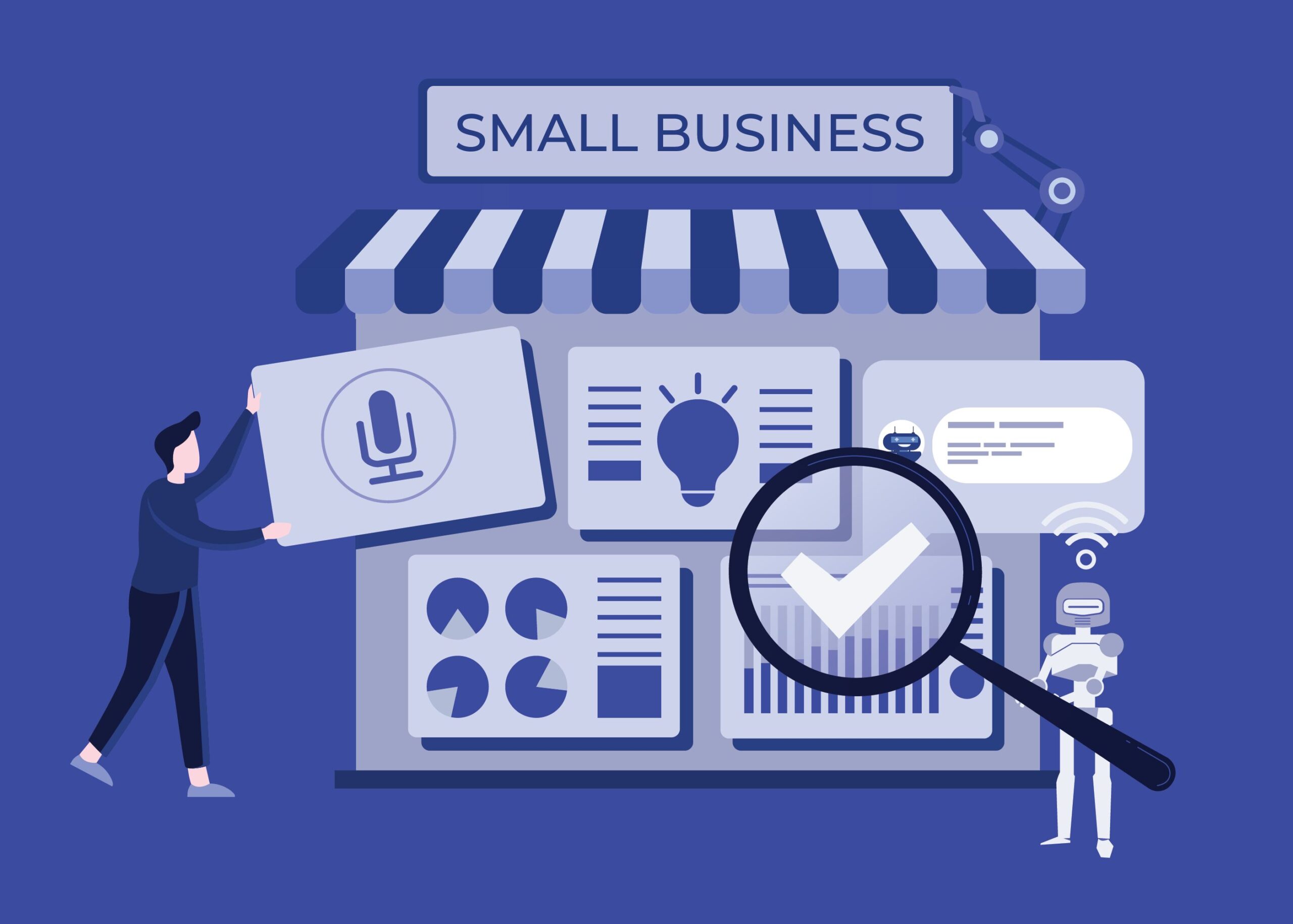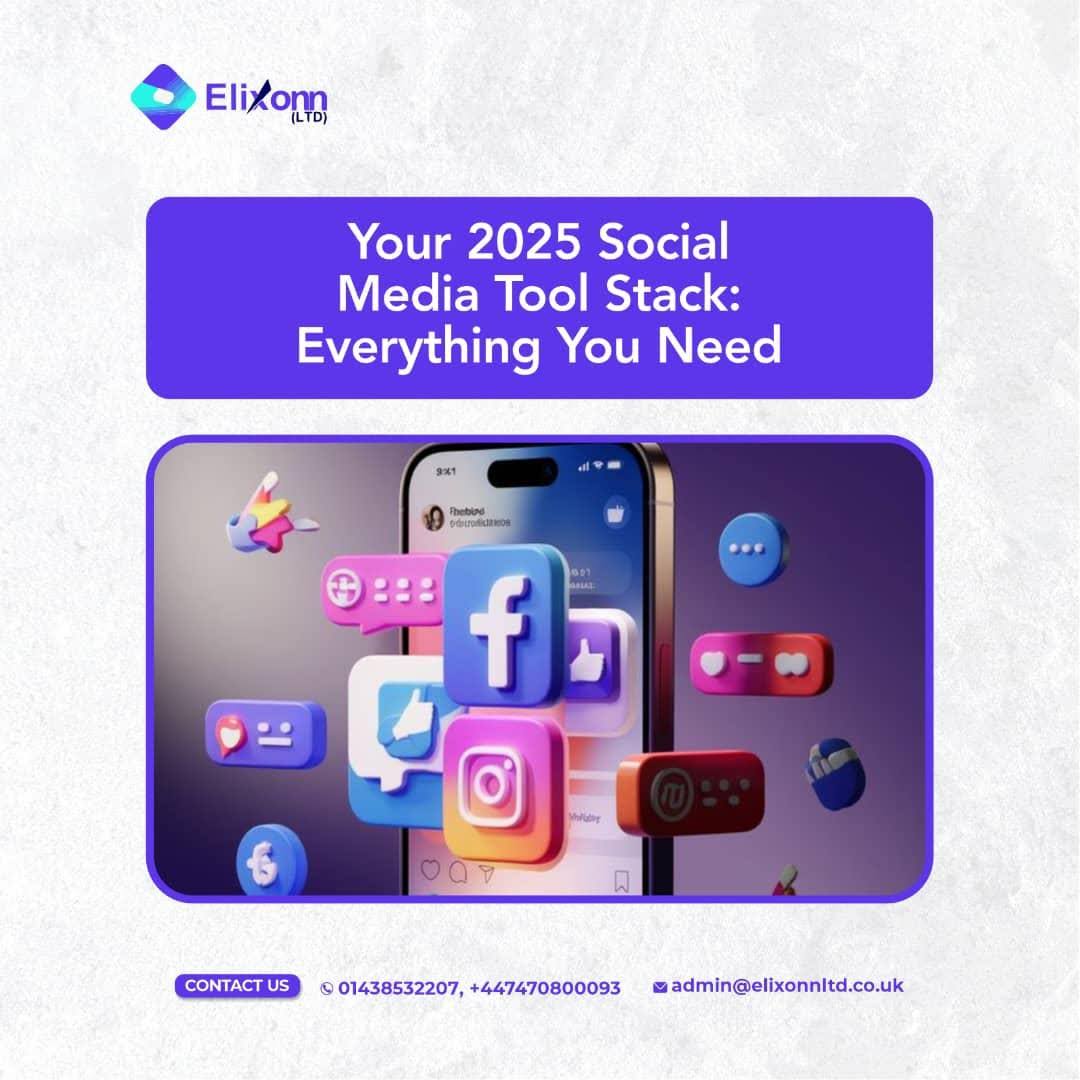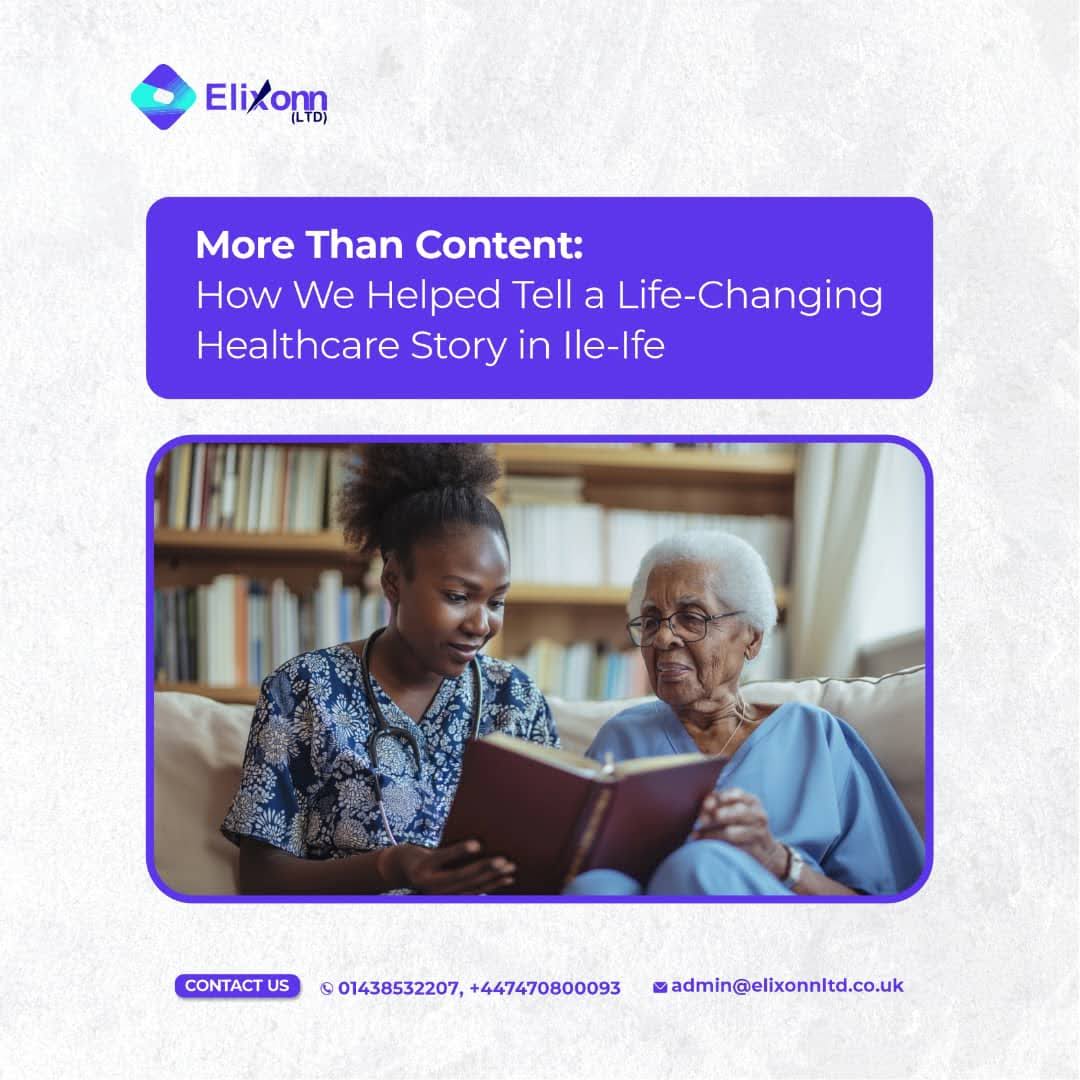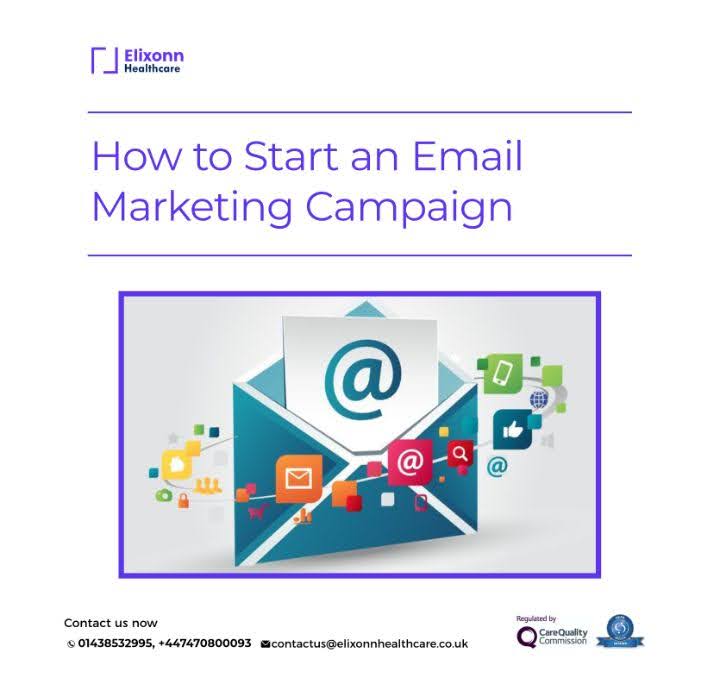Are you ready to dive into the world of mobile app development? Building your first mobile app can be an exciting and rewarding journey, but it can also be daunting if you’re unsure where to start. To help you navigate the process, let’s break down the five essential steps you need to take to bring your app idea to life.
Define Your App Concept
Every successful mobile app starts with a clear and well-defined concept. Begin by identifying the problem your app will solve or the need it will fulfil. Conduct market research to understand your target audience and their preferences. Analyze existing apps in the same category to identify gaps or areas for improvement. Once you have a solid understanding of your app’s purpose and target audience, distil your ideas into a concise concept statement or elevator pitch.
Design Your User Interface (UI) and User Experience (UX)
The user interface (UI) and user experience (UX) are critical aspects of any mobile app. Your app’s design should be intuitive, visually appealing, and optimized for usability across different devices and screen sizes. Start by sketching wireframes or mockups of your app’s screens and navigation flow. Consider factors such as color scheme, typography, iconography, and user interactions. Prototype your design using tools like Adobe XD, Sketch, or Figma to test usability and gather feedback from potential users. Iteratively refine your design based on user feedback until you achieve a seamless and engaging user experience.
Choose the Right Development Approach
When it comes to developing your mobile app, you’ll need to choose between native, hybrid, or cross-platform development approaches. Native development involves building separate versions of your app for each platform (iOS and Android) using platform-specific languages and tools (Swift/Objective-C for iOS, Java/Kotlin for Android). Hybrid development allows you to build a single codebase using web technologies (HTML, CSS, JavaScript) and deploy it across multiple platforms using frameworks like React Native or Flutter. Cross-platform development frameworks like Xamarin or Ionic also enable code sharing across platforms while offering native-like performance. Consider factors such as development time, cost, performance, and platform-specific features when choosing the right approach for your app.
Develop and Test Your App
Once you’ve finalized your app’s design and chosen a development approach, it’s time to start building. Break down your app’s features into smaller tasks or user stories and prioritize them based on importance and complexity. Begin development by implementing core functionalities and gradually add features iteratively. Test your app continuously throughout the development process to identify and fix bugs, usability issues, and performance bottlenecks. Embrace agile development practices such as test-driven development (TDD) and continuous integration (CI) to ensure a smooth and efficient development process. Consider using tools like Firebase Test Lab or TestFlight for beta testing and gathering feedback from real users.
Deploy and Market Your App
Once your app is ready, it’s time to deploy it to the respective app stores (Apple App Store for iOS and Google Play Store for Android). Follow the submission guidelines and requirements set by each platform to ensure a smooth approval process. Invest time and effort in creating compelling app store listings with descriptive app titles, engaging app descriptions, high-quality screenshots, and promotional videos. Leverage app store optimization (ASO) techniques to improve your app’s visibility and discoverability in search results. Develop a marketing strategy to promote your app through social media, online ads, influencer partnerships, and press releases. Monitor user feedback and analytics data to identify areas for improvement and iterate on your app’s features and marketing efforts to drive user acquisition and retention.
Conclusion
Building your first mobile app requires careful planning, design, development, testing, and marketing. By following these five essential steps and staying committed to your vision, you can turn your app idea into a reality and embark on a rewarding journey in the world of mobile app development.







